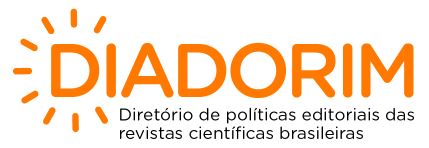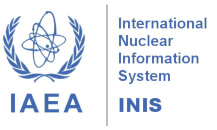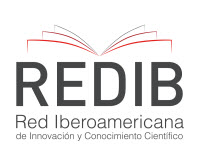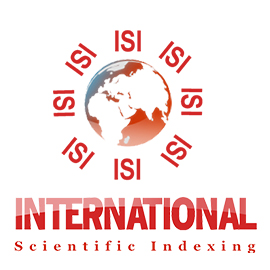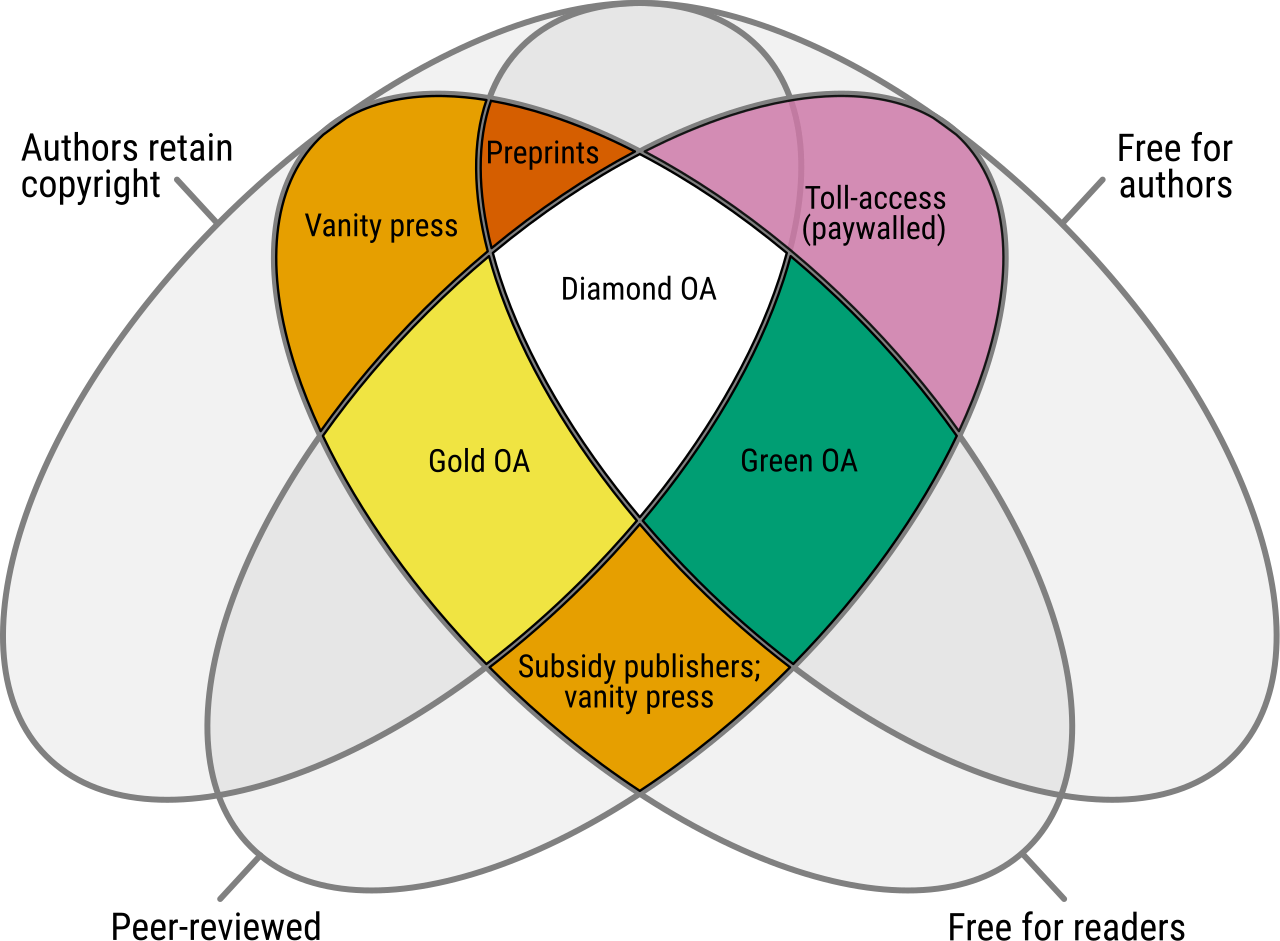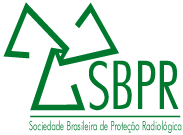The Impact of Implementing the Design Basis Threat Concept on the Regulatory Infrastructure of the Brazilian Nuclear Sector: Analysis and Perspectives
DOI:
https://doi.org/10.15392/2319-0612.2025.2870Palabras clave:
design basis threat, nuclear security, nuclear regulation, nuclear facilitiesResumen
Fundamental Principle G of the 2005 Amendment to the Convention on the Physical Protection of Nuclear Material, ratified by Brazil in 2022, guided the conceptual development of the Design Basis Threat (DBT) and justified the proposal for its implementation in the Brazilian nuclear regulatory framework. The first step in the implementation process, coordinated by the Directorate for Safety, Security, and Safeguard of the Brazilian National Nuclear Energy Commission, is the regulatory impact analysis, a qualitative analysis based on reviewing international and national documents and institutional procedures. In addition to the regulatory impact analysis, an action plan and proposals for the creation of new documents were structured. It was concluded that the DBT concept implementation would allow the transition of the regulatory approach, the optimization, and expansion of the protection of selected critical facilities, the centralization of the definition of threats by the State, ensuring strategic coherence and reducing operational gaps previously associated with fragmented responsibility; and the creation of new documents such as the National Threat Report, resulting from the interaction between the public security sector, the regulator and operators.
Descargas
Referencias
[1] Becquerel, A. H. Sur les radiations émises par phosphorescence. Académie des sciences. Paris, 122, pp. 420-421, 1896.
[2] International Atomic Energy Agency. Convention on the Physical Protection of Nuclear Material (CPPNM) and its Amendment. Website of IAEA. Available at: <https://www.iaea.org/publications/documents/conventions/convention-physical-protection-nuclear-material-and-its-amendment>. Accessed at: 12/02/2024.
[3] Presidency Republic Decree Nº 11188, from September 5, 2022. Promulgates the Amendment to the Convention on the Physical Protection of Nuclear Material, adopted by the Federative Republic of Brazil, in Vienna, in 2005. Gov.br: Planalto website. Available at: <https://www.planalto.gov.br/ccivil_03/_ato2019-2022/2022/decreto/D11188.htm#:~:text=DECRETO%20N%C2%BA%2011.188%2C%20DE%205,%2C%20em%20Viena%2C%20em%202005.>. Accessed at: 05/09/2025.
[4] CNEN Digital Memory Library. Deliberative Committee Resolutions. CNEN website. Available at: <https://memoria.cnen.gov.br/memoria/ResolucaoCD.asp>. Accessed at: 08/13/2024
[5] Law Nº 14222, from October, 15, 2022. Creates the National Nuclear Safety Authority (ANSN). Gov.br: Planalto website. Available at: <https://www.planalto.gov.br/ccivil_03/_ato2019-2022/2021/lei/l14222.htm>. Accessed at: 05/09/2025.
[6] NSS Nº 10-G. Nuclear Security Series Nº 10: National Nuclear Security Threat Assessment, Design Basis Threat and Representative Threat Statements. IAEA. Vienna, Áustria. 2021.
[7] Tavares, R. L. A. Projeto e avaliação do sistema de proteção física de uma instalação nuclear. 133p. Master’s thesis (Master in Nuclear Engineering) – Military Engineering Institute, Rio de Janeiro. 2018.
[8] IAEA Nuclear Safety and Security Glossary. International Atomic Energy Agency website. Available at: < https://www-pub.iaea.org/MTCD/Publications/PDF/IAEA-NSS-GLOweb.pdf >. Accessed at: 08/26/2022.
[9] CNEN Regulatory Standards. CNEN website. Available at: <https://www.gov.br/cnen/pt-br/acesso-rapido/normas/normas-para-instalacoes-nucleares >. Accessed: 10/08/2024.
Descargas
Publicado
Número
Sección
Categorías
Licencia
Derechos de autor 2025 Ricardo Washington Dutra Garcêz, Alexandre Roza de Lima, Renato Luiz Alves Tavares, José Marques Lopes, Maurício Santarosa Pereira da Silva, Victor de Castro Vasconcelos, Luiz Fernando Bloomfield Torres, Josélio Silveira Monteiro Filho

Esta obra está bajo una licencia internacional Creative Commons Atribución 4.0.
Licencia: los artículos de BJRS tienen una licencia internacional Creative Commons Attribution 4.0, que permite el uso, el intercambio, la adaptación, la distribución y la reproducción en cualquier medio o formato, siempre que se otorgue el crédito correspondiente al autor o autores originales y a la fuente, proporcione un enlace a la licencia Creative Commons e indique si se realizaron cambios. Las imágenes u otros materiales de terceros en el artículo están incluidos en la licencia Creative Commons del artículo, a menos que se indique lo contrario en una línea de crédito al material. Si el material no está incluido en la licencia Creative Commons del artículo y su uso previsto no está permitido por la regulación legal o excede el uso permitido, el autor deberá obtener el permiso directamente del titular de los derechos de autor. Para ver una copia de esta licencia, visite http://creativecommons.org/licenses/by/4.0/




